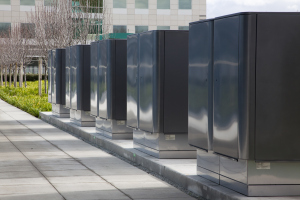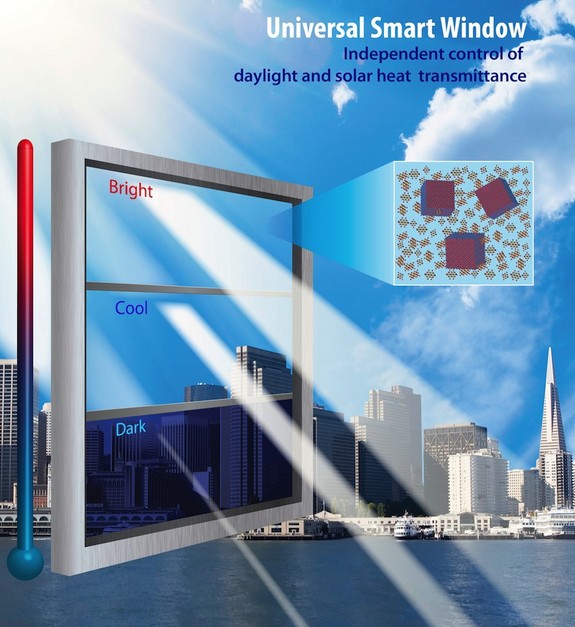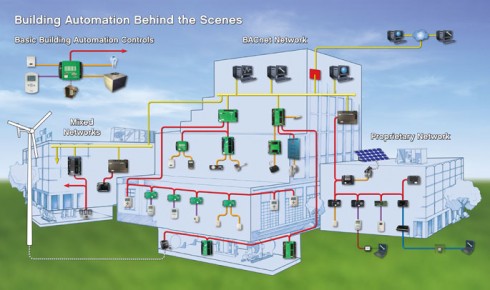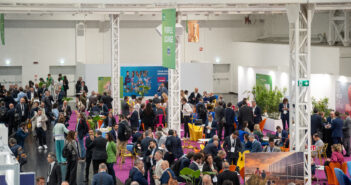Technology has dramatically changed the way we use office space. Small laptop computers replace desktop computers, cloud computing replaces large filing cabinets, and wi-fi mobilizes employees allowing them to work anywhere. In effect, the need for office space is decreasing. Office utilisation rates are lower than ever at traditional firms, perhaps 40% or less.
Office space will not disappear. There is something to be said about the benefits of meeting in person where body language and communication nuances are observable. But office space will evolve. As Bill Page, Director, EMEA Research, of Jones Lang LaSalle explained:
“The recent trend has been for increased office densities and more flexible workspace. Because this will intensify over Europe in the next ten years, investors who own office buildings will need to take action to make sure their product is fit for purpose. Middle of the road product will fall into obsolescence as demand will focus on space that enables new ways of working enabled by technology. However, higher rental income can come from denser space occupation as the market increasingly adopts a total cost per head mentality and not rent per square metre.”

Mixed use retail and leisure: What happens next? – White Paper
Technology must be incorporated into future office designs to address the changing use of office space in order to avoid becoming obsolete. Businesses are ultimately looking for efficiencies, less space and cost per head or more productivity per head. Owners must incorporate technology that will assist one, if not both, of those objectives.
The new building technologies briefly introduced below primarily help reduce costs, as technology traditionally does, but can provide positive productivity impacts, as well.
Smart Glass is glass that changes from opaque to transparent when activated by voltage,
light or heat. This technology saves costs related to heating, cooling, and lighting. Building owners need smaller HVAC units and can avoid installing light screens, blinds, or curtains. Natural lighting has also been shown to increase worker’s productivity and comfort inside offices.
There are various types of smart glass technologies , but it has been mostly confined to small-scale applications. As the technology advances, smart glass is increasingly being used for large, building-integrated applications. It is still expensive and has a limited track record, but as smart glass becomes more economical, it will be a straight forward choice for building owners and architects to cut down on energy costs and increase productivity.
More information: http://www.viewglass.com/why-dynamic-glass.php

Figure 2: http://gigaom.com/2011/06/13/despite-bloom-energy-deal-utilities-not-so-interested-in-fuel-cells/
Fuel cell systems are electrochemical devices that use oxygen and fuel to produce electricity. They are fueled by natural gas from existing conventional pipelines that are chemically broken down into hydrogen-rich gas and react with oxygen to form electricity that can be used to power a building. It operates like a battery with the primary by products being heat and water, making them virtually pollution-free. Fuel cell systems are highly efficient and have relatively low maintenance requirements. Fuel cell systems reduce energy costs and the carbon footprint of office buildings, and, similar to the Hine’s La Jolla building, with the right tax structures, could pay for themselves in a little over five years. However, like smart glass, the initial capital requirement for fuel cell systems are still high and cost prohibitive.
More information: http://www.fuelcelltoday.com/about-fuel-cells
Building Automation Systems (BAS) are centralized, interlinked, networks of
hardware and software, which monitor and control the environment in commercial or industrial buildings. BAS monitors the operation performance of the facility as well as the comfort and safety of building occupants, while reducing maintenance costs and increasing tenant satisfaction and ultimately tenant retention. Building maintenance problems are fixed real time which reduces occupant complaints, simplifies building operations, and avoids business interruptions. This computer technology increases energy conservation while managing facilities cost effectively.
More information: http://www.kmccontrols.com/products/
Keeping your tenants
These technologies are gaining momentum in the office market, but are currently cost prohibitive for most office owners. However as technology advances, costs will decrease and these technologies, along with many others, may eventually become standard elements. The office buildings that are going to stay occupied are the ones that embrace and invest in technology that enables lower cost per head and less space per employee while promoting employee productivity. If they don’t, they risk losing their tenants to someone that does.
Don’t miss the Conference “Getting to zero today: how zero net energy buildings will define the next decade of development” Tuesday, 11 March 2014 11:30 – 12:30.
Discover what’s on at the MIPIM Innovation Forum this March!
Lori is a 2015 MSRE Candidate at the University of San Diego and received her Bachelor of Science in Business Administration at the University of Southern California. You can reach her at lori.malins@gmail.com.





![[NEW] MAPIC interview: In conversation with Sostrene Grene CEO Mikkel Grene Sostrene-Grene](https://www.beyondretailindustry.com/wp-content/uploads/2024/03/Inside-Sostrene-Grene-store-5-1-351x185.jpg)
![[NEW] Women in Retail: 24 trailblazers for 2024 Women in retail](https://www.beyondretailindustry.com/wp-content/uploads/2024/03/image-1-351x185.png)
